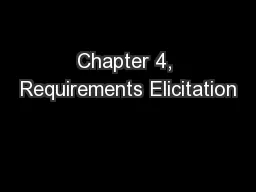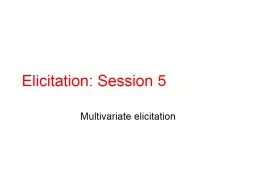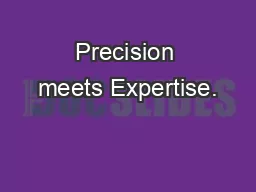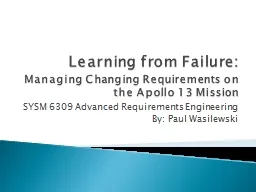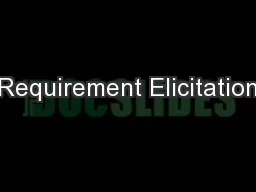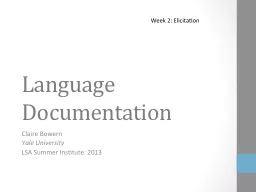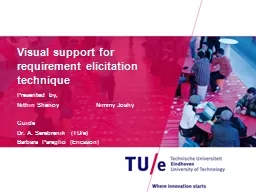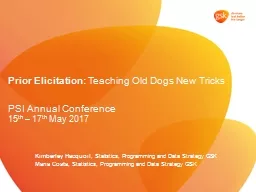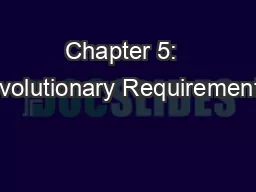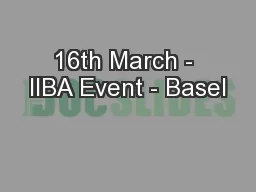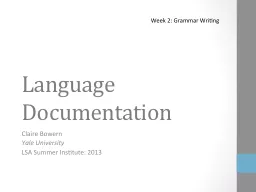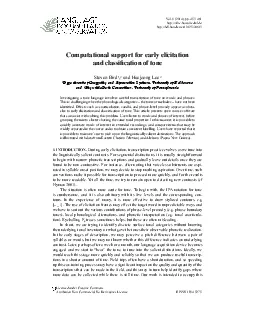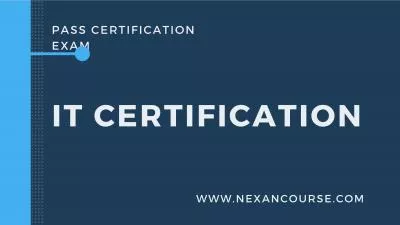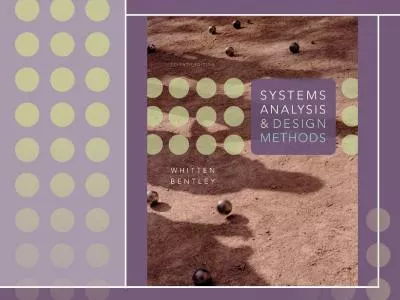PPT-Chapter 4, Requirements Elicitation
Author : faustina-dinatale | Published Date : 2016-04-03
Software Lifecycle Activities Application Domain Objects SubSystems class class class Implementation Domain Objects Source Code Test Cases Expressed in Terms
Presentation Embed Code
Download Presentation
Download Presentation The PPT/PDF document "Chapter 4, Requirements Elicitation" is the property of its rightful owner. Permission is granted to download and print the materials on this website for personal, non-commercial use only, and to display it on your personal computer provided you do not modify the materials and that you retain all copyright notices contained in the materials. By downloading content from our website, you accept the terms of this agreement.
Chapter 4, Requirements Elicitation: Transcript
Download Rules Of Document
"Chapter 4, Requirements Elicitation"The content belongs to its owner. You may download and print it for personal use, without modification, and keep all copyright notices. By downloading, you agree to these terms.
Related Documents

